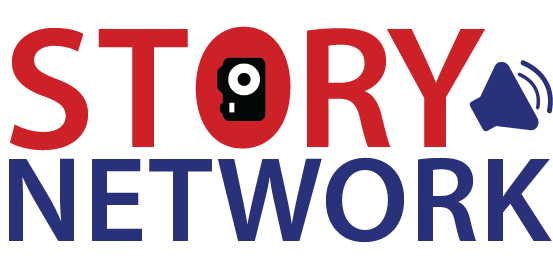In today’s digital age, effective communication is paramount for businesses seeking to capture the attention of their target audience and gain media coverage. One powerful tool that continues to play a vital role in public relations is the press release. In this detailed article, we will explore the concept of press releases, their purpose, components, and the benefits they offer to organizations. By the end, you will have a comprehensive understanding of what a press release is and how it can be a game-changer for your brand.
I. Defining the Press Release:
- Understanding the Concept:
- A press release is an official written statement issued by a company, organization, or individual to announce news, updates, or developments.
- It is intended to capture the attention of journalists, bloggers, and the media to generate publicity and coverage for the subject matter.
- Purpose of a Press Release:
- Publicity: Creating awareness and drawing attention to significant news or events.
- Brand Building: Establishing credibility, enhancing reputation, and shaping public perception.
- Media Coverage: Generating interest and securing coverage from journalists and media outlets.
- Information Dissemination: Sharing important updates, product launches, milestones, or corporate announcements.
II. Key Components of a Press Release:
- Attention-Grabbing Headline: A concise and compelling title that immediately grabs the reader’s attention.
- Introduction: A concise opening paragraph that highlights the main news or announcement and entices the reader to continue reading.
- Body: Elaboration of the news, including relevant details, quotes, statistics, and supporting information.
- Boilerplate: A brief paragraph about the company or organization, providing background information, contact details, and a website link.
- Media Contact Information: Contact details for media inquiries or further information.
III. Best Practices for Writing a Press Release:
- Clear and Concise Language: Use simple, jargon-free language that is easy for readers to understand.
- Inverted Pyramid Structure: Place the most important information at the beginning and follow with supporting details.
- Objective Tone: Maintain a neutral and professional tone throughout the press release.
- Incorporating Quotes: Include quotes from key individuals related to the news or announcement to add credibility and provide a human touch.
- Relevant Multimedia: Incorporate visuals, such as images or videos, to enhance the appeal and engagement of the press release.
- Proper Formatting: Use subheadings, bullet points, and paragraphs to improve readability.
IV. Distribution and Promotion of Press Releases:
- Media Outlets and Journalists: Identify relevant media outlets and journalists who cover topics related to your press release.
- Online Press Release Distribution Services: Utilize reputable distribution services to reach a broader audience and increase the chances of media coverage.
- Social Media and Company Website: Promote the press release on your social media channels and feature it prominently on your website’s news or press section.
V. Measuring the Success of a Press Release:
- Media Coverage: Monitor and track the number of media outlets that publish or feature your press release.
- Website Traffic and Engagement: Analyze the impact of the press release on your website’s traffic, page views, and user engagement.
- Social Media Metrics: Measure the reach, shares, comments, and engagement on social media platforms related to the press release.
Conclusion: Press releases remain a powerful and effective communication tool for businesses to disseminate news, engage the media, and build brand reputation. By understanding the purpose, components, and best practices of crafting a compelling press release, organizations can amplify their message, gain media coverage, and connect with their target audience. Embrace the art of writing impactful press releases, adapt to evolving communication channels, and leverage the potential of this timeless public relations tool




